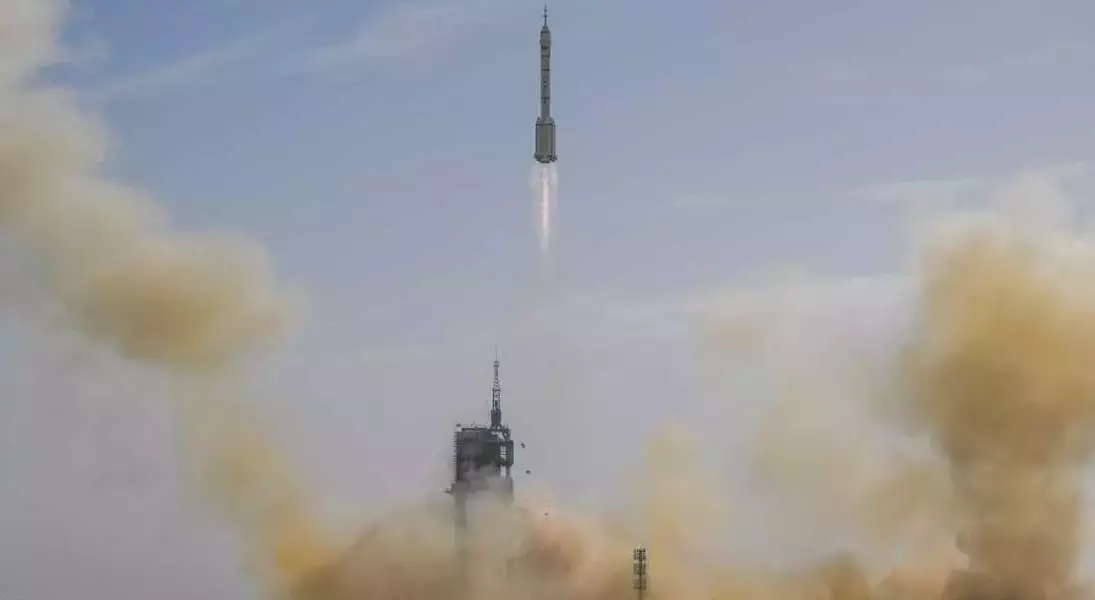
Averting a Space Crisis: China's Swift Response
Emergency Launch: Shenzhou 22 Heads to Tiangong
On Tuesday, China initiated the launch of the Shenzhou 22 manned spacecraft, embarking on a crucial mission to support the crew aboard its Tiangong orbital outpost. This swift action was necessitated by an incident involving a previously deployed vessel, which left three space travelers in need of an alternative return solution.
Connecting with the Orbital Outpost: Shenzhou 22's Successful Docking
Upon its successful docking with the Tiangong space station, the Shenzhou 22 module established a vital link for the three astronauts who initially arrived at the station on November 1st. This newly arrived spacecraft is now designated to facilitate their journey back to Earth, scheduled for sometime in the year 2026.
Previous Mission's Setback: The Damaged Shenzhou 20
Earlier in the month, a separate contingent of Chinese astronauts from the Shenzhou 20 expedition experienced an unforeseen delay in their terrestrial return. A window on their module sustained damage, extending their stay in orbit by nine days. Ultimately, they utilized the Shenzhou 21 craft for their return, which had just delivered the relief crew to Tiangong.
Ensuring Astronaut Safety: The Contingency Plan
While the three-person crew from the Shenzhou 20 mission safely completed their journey home, the incident underscored a critical need for redundancy. Consequently, three members of the subsequent crew were temporarily without a guaranteed mode of evacuation in the event of an unforeseen emergency, emphasizing the importance of the Shenzhou 22's deployment.
Investigating the Malfunction: Fate of the Shenzhou 20
According to reports from state broadcaster CCTV, the compromised Shenzhou 20 spacecraft, which currently remains in orbit, will eventually be deorbited and subjected to a comprehensive evaluation. The space agency concluded that the vessel no longer met the stringent safety criteria required for astronaut transport.
China's Ambitious Space Endeavors: Building the Tiangong Station
In recent years, Chinese astronauts have been consistently undertaking missions to the Tiangong space station, reflecting Beijing's accelerated progress in space exploration. The station's construction has proceeded in a modular fashion, steadily expanding its capabilities and presence in low-Earth orbit.
An Independent Path: Tiangong's Origins
The development of Tiangong was a direct response to China's exclusion from the International Space Station, primarily due to national security concerns raised by the United States. China's space program operates under the strategic direction of its military, leading to its independent pursuit of orbital infrastructure.
Comparative Scale: Tiangong vs. International Space Station
The Tiangong, aptly named "Heavenly Palace," welcomed its inaugural crew in 2021. While it represents a significant achievement for China, its overall size is more modest compared to the International Space Station, which has been continuously operational for a quarter-century, showcasing the long-standing international collaboration in space exploration.
